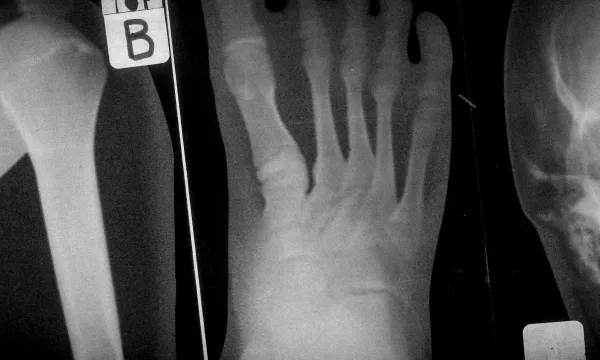
Bodyworks
Students learn about their bodies, using digital microscopes, real x-rays, and turn their classmates inside out!
Recommended for: KS1 (5-7) | KS2 (7-11)
Allergens
Workshop

Students learn about their bodies, using digital microscopes, real x-rays, and turn their classmates inside out!
Allergens
Workshop